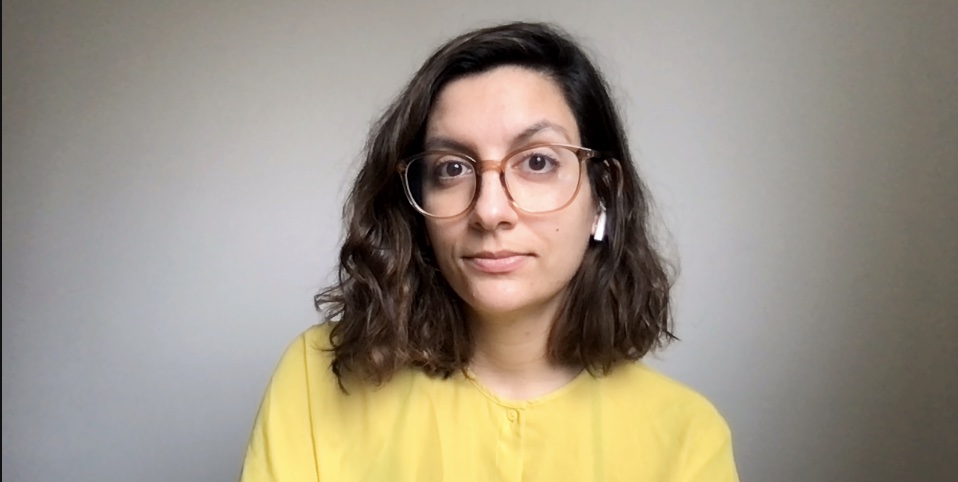Cited By
View all- Hagberg DSaoulidis NGamboa MHendriks S(2024)Prototyping Playful Touch with a Sound-Mediating TableCompanion Publication of the 2024 ACM Designing Interactive Systems Conference10.1145/3656156.3665424(309-313)Online publication date: 1-Jul-2024
- Gamboa MHendriks S(2024)In Praise of Shadows: Sensibility and Somaesthetic Appreciation for Shadows in Interaction DesignProceedings of the 2024 ACM Designing Interactive Systems Conference10.1145/3643834.3660679(3272-3286)Online publication date: 1-Jul-2024



